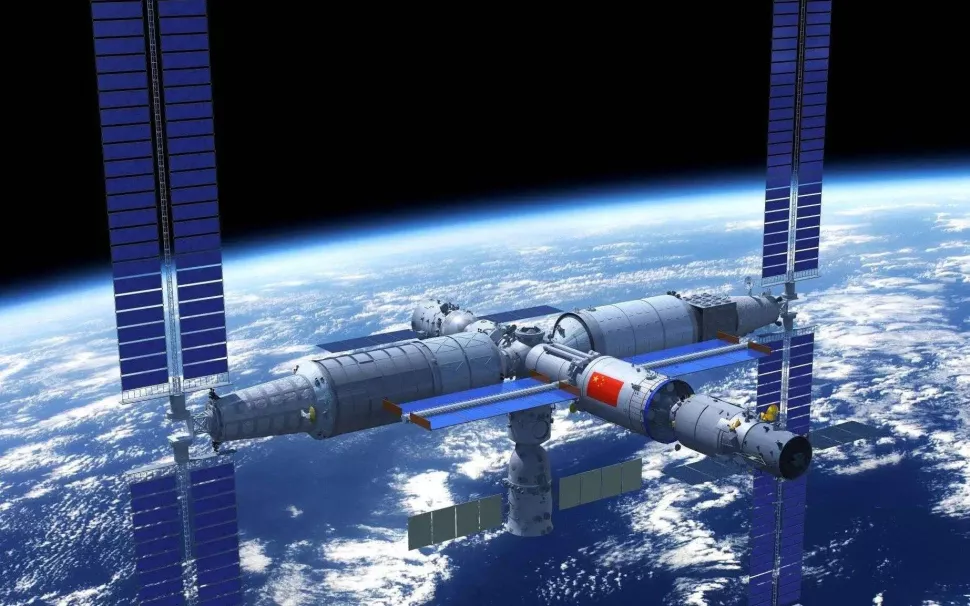All new China plans for space exploration

Beijing plans to develop a constellation of satellites called Queqiao, or Magpie Bridge, to provide communications, navigation and remote sensing services for deep space exploration. Here are all the details
China will develop a constellation of satellites for deep space exploration.
Called Queqiao, or Magpie Bridge (after a bridge made of magpies in a Chinese myth), the future constellation will be a space infrastructure to provide communications, navigation and remote sensing services for deep space exploration, according to a space expert Chinese. This was reported by Xinhua, the official Chinese news agency .
Speaking at the International Deep Space Exploration Conference, held in Hefei, the capital of east China's Anhui province, Wu Yanhua, chief designer of the major deep space exploration project, said China plans to build the satellite constellation in three stages.
The constellation of satellites is expected to be integrated into an expanded model around 2050 to provide services for the exploration of Mars, Venus, giant planets and the edge of the solar system, Wu added.
Beijing is thus accelerating to carry out its ambitious space program, with the hope of sending humans to the Moon and becoming a major space power by 2030. In 2013, China made its first moon landing and in 2020 the Chang'e- 5 unmanned aerial vehicle, named after the mythical Chinese goddess of the moon, has brought China's first lunar soil samples back to Earth. Meanwhile, in April 2021, Beijing began construction of the three-module Tiangong (Heavenly Palace) space station with the launch of the Tianhe module, the main astronaut accommodation, currently fully operational.
All the details.
CHINA'S PROJECT FOR A CONSTELLATION OF SATELLITE
To kick off construction of the constellation in 2024, a communications relay satellite will be launched between the far side of the Moon and Earth to support unmanned lunar missions this decade, according to the China National Space Administration (CNSA).
That year, China plans to launch the Chang'e-6 mission to recover lunar samples from an ancient basin on the far side of the moon. The Chang'e-7 mission will launch around 2026 to explore lunar resources on the moon's south pole, with the goal of supporting long-term human settlement. This will be followed by the Chang'e-8 mission around 2028, when a basic model of the ILRS will be built. So far, China has secured the participation of Russia and Venezuela.
China aims to land astronauts on the moon by 2030.
THE SECOND PHASE
In the next phase, a constellation base will be built around 2040 to support communications, navigation and remote sensing services for manned lunar and space exploration missions to planets like Mars and Venus, Wu said. The constellation of satellites is expected to be integrated into an expanded model around 2050 to provide services for the exploration of Mars, Venus, giant planets and the edge of the solar system, the Chinese expert added.
This is a machine translation from Italian language of a post published on Start Magazine at the URL https://www.startmag.it/innovazione/tutti-i-nuovi-piani-della-cina-per-lesplorazione-spaziale/ on Thu, 27 Apr 2023 07:24:46 +0000.
